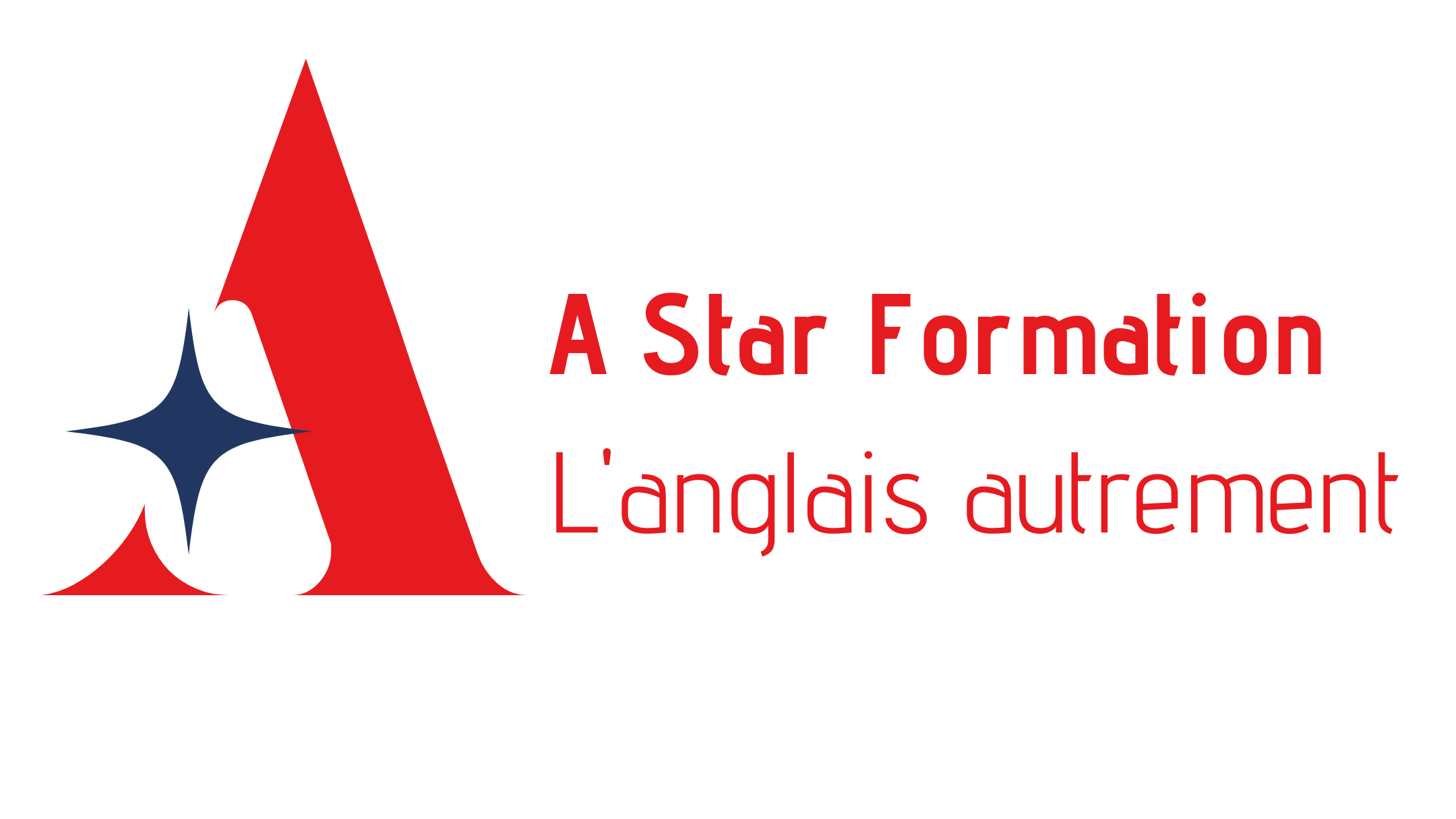If you've taken the Toeic, you'll recognise this!
The CEFRL levels, which I wrote about in another blog post, are the Europe-wide way of classifying language levels. What makes things a little confusing is that different exams have different ways of scoring.
Here’s an overview of how the Toeic scores, IELTS and Cambridge exams correspond to the different levels.
TOEIC
Toeic scores range from 0-990 and are based only on listening, reading and grammar skills. There is no language production in the general Toeic, although there is now a speaking and writing Toeic exam. Business schools and engineering schools in France require a 785 Toeic score to be able to graduate.
This link shows you in detail how Toeic and CEFR levels correspond. Basically it breaks down like this: [IMAGE]
You can see that in the Toeic, the highest possible mark corresponds to C1, even if the person is actually C2. Toeic is a very common test, usually the Listening & Reading test, but I find that someone can have a B2 or even C1 level from the Toeic, which is not reflected in their real-life English when it comes to speaking.
IELTS
If you don’t know the IELTS exam, it’s a much more solid test than Toeic, with speaking, writing, listening and reading sections. It’s a requirement for anyone migrating to Australia, Canada and the UK, or applying for secondary education, training programmes and work experience in an English-speaking environment.
For IELTS, here is the guidelines given by Cambridge exams to show the approximate level equivalences. [IMAGE}
OTHER CAMBRIDGE EXAMS
If you are familiar with the old Cambridge exams – KET, PET, FCE etc – you might not know that Cambridge has actually changed all their exam names to fit in with the CEFR levels, making it very easy to know which level you’re at. One exam validates one level.
